What are Faraday Cages and How are they Used?
Faraday Cages are enclosures first researched by Benjamin Franklin in 1755, but mostly attributed to the work done by Michael Faraday in 1836. Essentially, a Faraday Shield is an enclosure made of a continuous covering of walls, ceilings, and floors by a conductive metal that is used to completely block Electromagnetic Fields from entering the inside of the enclosure by spreading the current over the outside of the enclosure. In contrast, a Faraday Cage, which involves the use of a metal mesh (think of chicken wire) with the size of the holes in the mesh being the limiting factor to the wavelength of the Electromagnetic Field that can penetrate the “cage”. A one millimeter opening in the shield, will allow a two millimeter wavelength to penetrate the cage, making the enclosure a “high pass filter” for the field that will be present inside the confines of “the cage”. One can see how the Faraday Cage was an interesting phenomenon in 1836 to the scientific community, but was at that time, essentially “a science looking for a practical use”.
Enter the electronic age…I’ll take it from the time that I remember. Car radios became an idea for the automobile, the first ones that I remember sounded like static all of the time. This was because the engine of the car had electronic systems, spark plugs, and wires that passed current to windshield wipers, headlights, etc. The probable cause of the static sound was that the radio signal was being interfered with by all of the other electronic systems in the car, making the radio function at a lower level than it was designed to. Televisions, were also new along with the refrigerator, washing machine, dryer, and vacuum cleaner. All of the devices had some degree of interference in their optimum performance due to the presence of the other devices. Something needed to be done to make these devices compatible with each other.
How are Faraday Enclosures/Shields/Cages used in Achieving Electromagnetic Compatibility in Electronic Devices?
The story above pointed out the need to stop the interference of electronic devices with each other due to the rapid proliferation of these devices. Standards of allowed electromagnetic emissions and susceptibility had to be developed and enforced so that all devices would have to comply with these standards prior to being marketed. These standards would assure Electromagnetic Compatibility of our devices and would allow them to work together in harmony.
The testing chambers for these devices had to screen out all ambient electromagnetic fields so the devices could be tested in the absence of noise. The question was “how do we get a testing area with no electromagnetic fields present”? The answer came from the 19th century….the Faraday Shield/Cage/Enclosure! This interference free area inside of the Faraday Cage could be used to examine one device specifically with no interference from other devices. These are NOT Michael Faraday’s Faraday Cages, however, Faraday Cages and today’s RF Shielded Enclosures are essentially the same things.
There are two primary sets of pre-compliance tests done in the Faraday Cages. The “emission” testing determines if the Device Under Testing (DUT) is emitting any interference that is outside the limits of the compliance standard. If the device is emitting such interference, that interference must be corrected/mitigated by applying a shielding solution that stops the non-compliant emissions of the device during its use. The susceptibility test determines if the DUT is susceptible to allowed noise in the compliance standard. If the device is susceptible, a suitable shielding solution must be applied to shield the device from that noise, eliminating that susceptibility, and allowing the device to perform optimally.
Fast forward to present time, we live in a highly “electronic world now” with many electronic devices, all generating electronic fields. You still get into your car, which is a computer on wheels with many more electronic systems present in every Model Year. Many of the electronic systems are important to the proper function of the car, keeping passengers and other vehicles safe. You don’t hear the static on the radio and all of the electronic systems of the car seem to work together in harmony perfectly. The reason is that electronic companies have to make the “emissions” of their electronic systems compliant with standards that apply to the emission levels, they also have to have their electronic devices checked for “susceptibility” to the “emissions allowed by compliance standards” so that they will work properly in an environment that contains many devices, all working at the same time. This type of testing will become much more important with the advent of the autonomous automobile, which will have more sensitive electronic systems than ever before. You can thank Michael Faraday for the basic solution to achieving Electromagnetic Compatibility!
V Technical Textiles, Inc. RF Shielded Enclosures and Faraday Enclosures/Tents
V Technical Textiles, Inc. is a source for RF Shielded Enclosures, also commonly known as Faraday Enclosures, Faraday Tents, and Faraday Cages for use in EMI Pre-Compliance Testing. These enclosures are available in several standard sizes and can be custom designed to meet our customer’s size needs, along with many options to further customize these enclosures for your specific needs! Please contact us for more information!!
V Technical Textiles, Inc.
www.vtechtextiles.com
info@vtechtextiles.com
(315)-597-1674 PHONE
(315)-597-6687 FAX
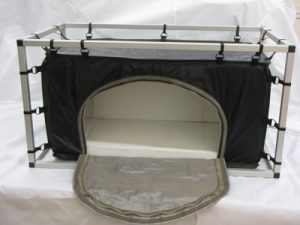
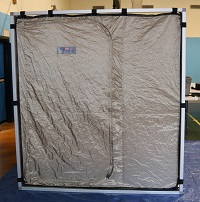
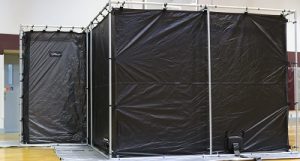
Modern Day Faraday Shields, Cages, Tents, and Enclosures, commonly known as RF Shielded Enclosures



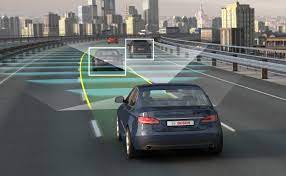


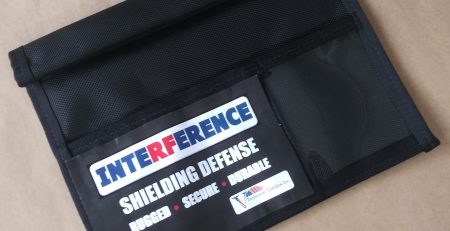


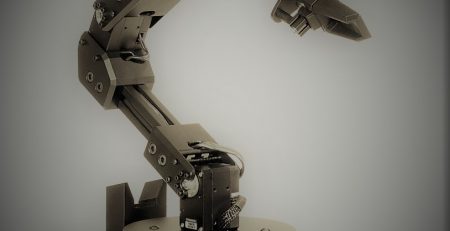
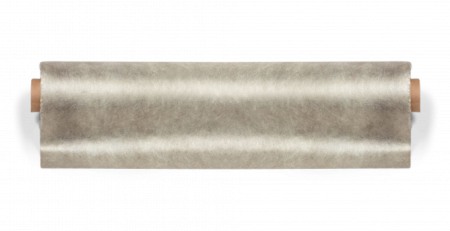


Leave a Reply